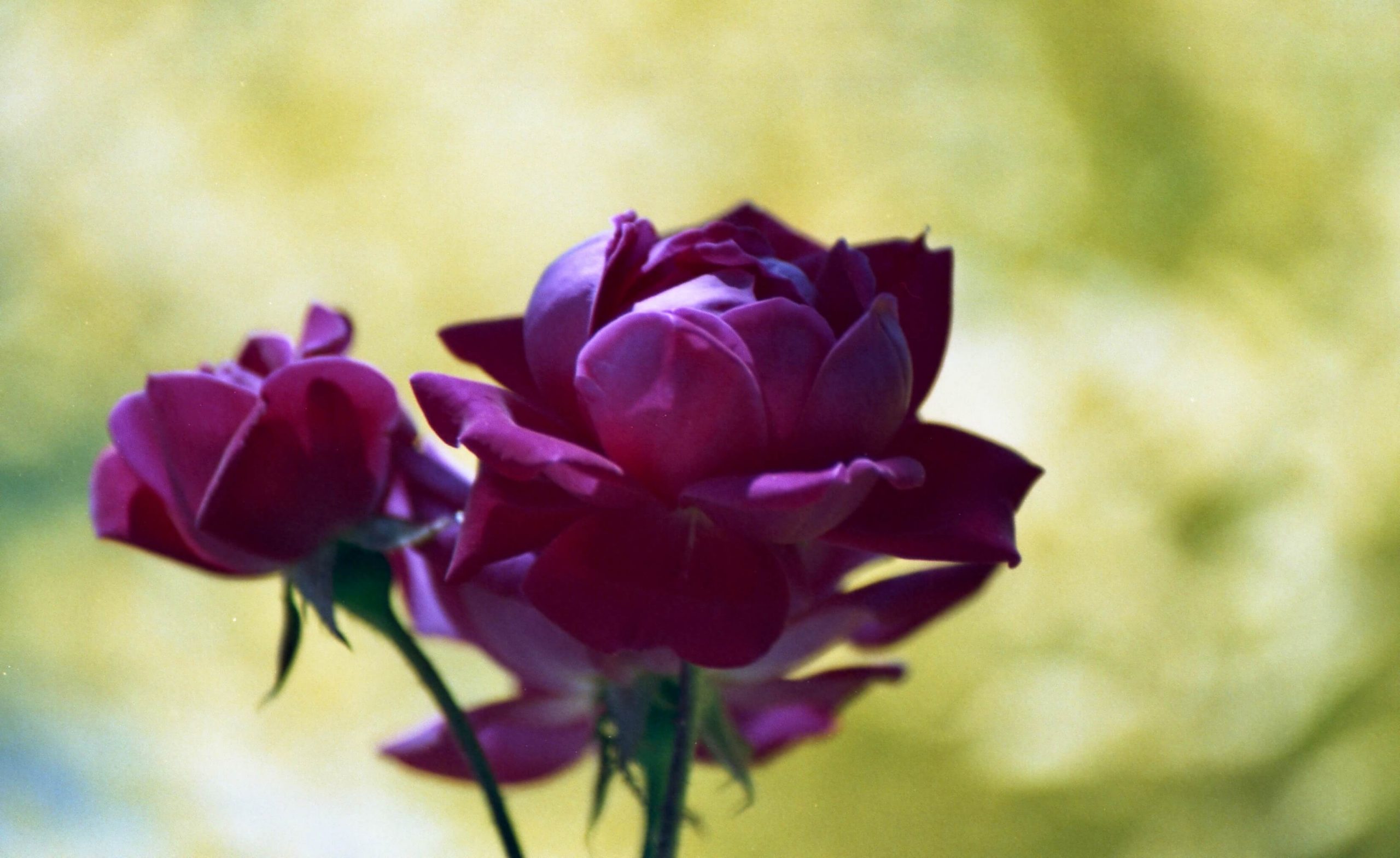Looking back over six seasons of gardening, I have a few nuggets of advice to pass on. Take what I say as a stern warning with enthusiastic encouragement. Gardening is good for the soul, but so is fasting—remember this…
Get a good book
Assuming you have never had a real garden before, a good book is a necessity. The book to buy if you live in the south is the Southern Living Garden Book. It is an encyclopedia containing everything you could possibly want to know. This book will keep you in good stead and give you images to pine over once you discover that the salesperson at the local garden store has never heard of many of the lovely flowers you have your heart set on. Be prepared for sticker shock if your prior gardening experiences were limited to impatiens, pansies, marigolds, and such—the good stuff costs a lot more.

Your soil is probably not very good
Mine yard was 85% clay. Never dig around in wet clay because when the sun comes out you get pottery. Wait until the ground is just moist, then amend the soil (make it better for growing), by mixing in other substances. Manure plus topsoil worked for me. Prepare to buy manure by the bag. Mix it in good, as if you are making bread—it matters.
Pay attention how much sunlight your space receives
Before choosing plants, you need to know the sunlight pattern of each inch of the yard. According to gardening books, these patterns are full sun, part sun/part shade, or all shade. Of course, full sun in Denver or Syracuse and full sun in Atlanta or Birmingham are very different things. Atlanta is very hot with sporadic rain in summer—look for plants native to Mexico, Texas, and Arizona— they can handle it.
Set a firm budget for plants, then triple it
First of all, be realistic about your goals. You can start by using my simple formula for creating a plant budget. Start by measuring the space to be planted and then divide the resulting area into 100 square foot segments. Next, budget 125.00 for every 100 square feet of land that will be planted. Go to your bank and draw out the final amount. (Yes, it must be cash to get the proper effect.) Then, on returning home, find the sewer opening closest to your garden-in-waiting, and throw in all the money. This is a necessary step so that you can endure with equanimity the eventual loss of most of what you planted—especially if you are conned into buying beautiful and ever so fragile hybrids. Now, have a drink. Next week, take the same amount of money and start buying gardening supplies, starting with books. Remember, you really want the garden, and it’s only money. Right?

Creeping phlox

Posing daylillies

Salvia and Crocosmia
Plants have an odd sense of humor
Every year I have planted basil. Most years, it grows fine with regular watering. Three years ago, I had beautiful basil plants that were a week away from harvest. Then it rained for three days straight, and every single plant turned yellow, got moldy, and died. So, I have become touchy about basil, watching anxiously all summer waiting for the perfect time to harvest it. This year, I found two basil plants happily growing next to my herb garden in my neighbor’s driveway. Both plants had the nerve to grow in a bed of gravel spread on top of weed cloth. Go figure… In my gut, I know that basil has been laughing at me…
Your garden is a neighborhood, and you are only one resident
The news that you have a garden is quickly passed on to every squirrel, chipmunk, opossum, lacewing, whitefly, aphid, mealy bug, and fungus spore within a three-mile radius. For some reason, no one ever tells ladybugs. It takes a while to realize that a garden is a new neighborhood, and as the new chic address, expect lots of new tenants. The books will tell you about these critters, show you pictures, and tell you all the ways to get rid of them, as if that were possible. What actually happens is you do continuous and valiant battle until worn out by their resilience. Then you take one of two paths.

Young birds, morning bath

Dragonfly 
Carpenter Bee 
Aphids on black-eyed Susans
The first path requires a hazmat suit and warnings to family and friends to avoid going in the garden, no matter what. The second path, the sane one, is to declare a truce and simply decide that the new neighbors are not that bad, and the garden is simply part of the circle of life. Increase your budget for plants and chill out. Grab a beer or a cool glass of chardonnay, and go meet your new neighbors. Point them out to family, friends, and anyone who stops to admire the garden. (It’s OK to let them have the impression that you consider the bugs to be a feature.) Even better, tell everyone you decided to be an organic gardener—you will get cool points and a good explanation for all holes in the hostas.
Gardening grows on you (handle the pun, you’re an adult). Despite having spent six seasons dealing with bugs, having plant funerals, wrestling with unruly cannas, spending too much money, and meeting every possible bug—I love it!!! You will too. Now, go measure your yard and start mapping out the sunlight–there’s a plant sale in a few months.













Hilarious, and not that far from the truth!
I learned every lesson the hard way, like it’s a bad idea to plant perennials in Atlanta in June. Hopefully, this advice helps others avoid my mistakes.